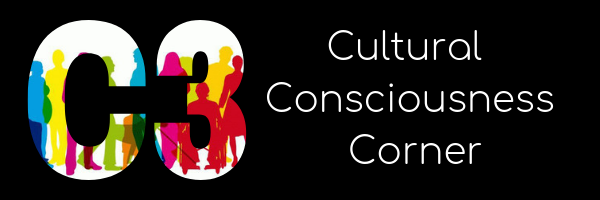Supporting All Kinds of Families- Adoptive Families
Adoption Today: 60% of U.S. Population Has Personal Connection With Adoption
- Between 6 and 7 million adoptees live in the United States as of 2019
- 140,000 children are adopted each year in the U.S., 62% of those within one month of birth
- Approximately 63% of this year’s adoptees are infants of color, while…
- 73% of adoptive parents identify as non-Hispanic white
- 40% of adopted children are of a different race than their adoptive parents
- 1 in 25 families adopts at least one child
- Nearly 100 million Americans have adoption in their immediate family, whether this includes adopting, placing, or being adopted
Given these statistics, most childcare centers will have several children whose families identify as “adoptive”, and it’s important that we understand the need to create inclusive communities for our adoptive families, including their kiddos.
In general…
Young children take for granted the kind of family in which they live. They initially think that all families are like their own. In general, young children…
- have their own definitions of who is in their family
- perceive their family as an extension of themselves
- discover and are curious about other people’s families
- need information as they seek to understand variations in family structures
- begin to absorb attitudes and biases toward various kinds of family structures
Strategies for supporting children from adoptive families include…
- providing information to help preschoolers understand the facts and distinctions between adoptive parents and birth parents (note: it’s important to have parental involvement and/or approval in this process if working directly with an adopted child)
- not assuming that any and all social and/or behavioral problems are a result of adoption
- helping children of transracial adoption (i.e., a child and parent have different racial identities) understand the core issue of adoptive versus birth parents
- helping all children and adults navigate the common, awkward questions about why parents/caregivers and children have different skin colors, etc.
The importance of language at ANY age. More specifically, use POSITIVE adoption language with children, families, and staff!
Choose the following, positive adoption language instead of the negative talk that helps perpetuate the myth that adoption is second best. By using positive adoption language, you will reflect the true nature of adoption free of innuendo.
Positive Language VS Negative Language
- birth parent or biological parent real parent or natural parent
- parent adoptive parent
- birth child my “own” child
- my child my adopted child
- make an adoption plan, place for adoption give up, put up, surrender, abandon, give away
- terminate parental rights take away, relinquish
- making contact with biological parent reunion
- child placed for adoption an unwanted child
- court termination child taken away from parent(s)
- international adoption foreign adoption
- child from abroad foreign child, foreigner
- transracial adoption mixed race, mixing race
- was adopted is adopted
(note: using “is adopted” continues to reinforce adoption as primary identity, vs. using child or daughter/son which reinforces primary identity, unless adoption is relevant to current conversation)
- fundraising/care projects, etc. “adopt- a” project
A note on transracial adoptions…
Children as young as a few months old notice race. They aren’t colorblind. We teach them to observe, name, and categorize – all important skills. There’s nothing wrong with noticing differences in skin color. Shutting down that natural, curious and inquisitive nature of young children only teaches them that “differences” are not to be noticed and/or talked about. Children repeat words they hear even when they don’t understand them. Remember that adoptive families, particularly transracial adoptive families, field questions (and endure stares) all the time. It’s important to help young children start to learn about differences in a healthy way.
Emphasize helping your children develop an understanding of adoption as a way families are formed, and represent an inclusive concept of “family” that refers to people who care about each other independent of their biological parentage.
Sources and links to additional information:
Anti-Bias Education for Young Children and Ourselves, by Louise Derman-Sparks and Julie Olsen Edwards
https://www.childwelfare.gov/topics/adoption/adopt-parenting/school/
https://adoptionnetwork.com/adoption-statistics
https://www.adoptivefamilies.com/talking-about-adoption/positive-adoption-language/

